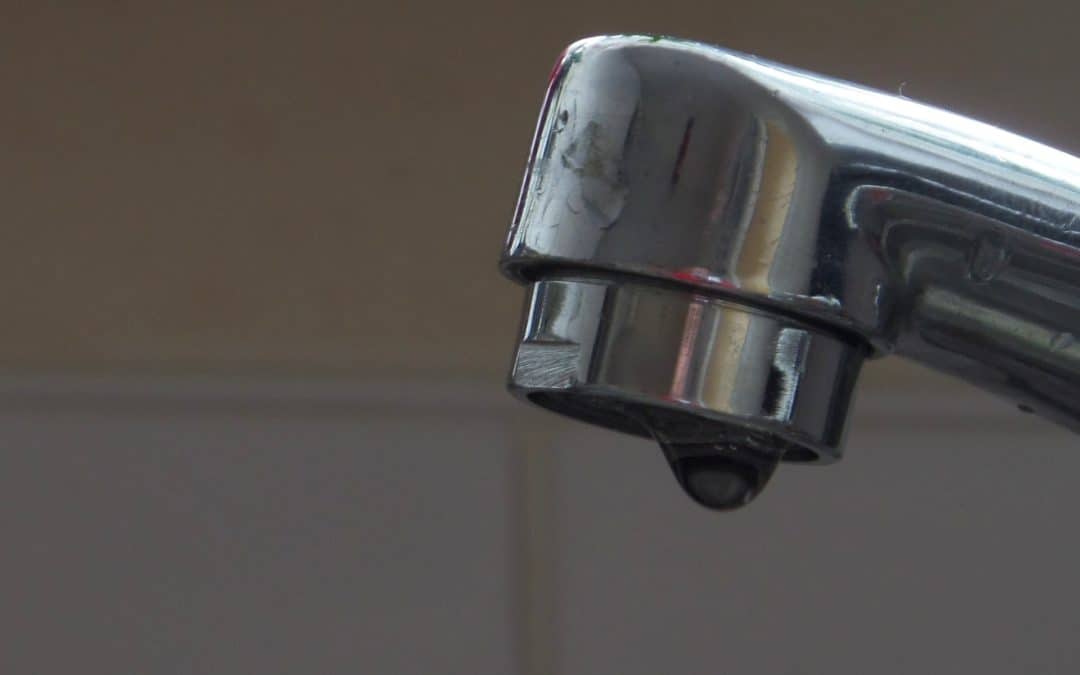As the world continues to grapple with issues of global warming, climate change, pollution, and deforestation, many people are starting to come to terms with the fact that there are small changes that can be made in our everyday lives that can have a positive impact on our environment.
According to a study by Greenpeace which ranked Australia as number 13 on the Greendex, Australians are slowly making some concessions to reduce their carbon footprint, but more needs to be done if there is to be a real improvement. Luckily, there are various ways homes can become more eco-friendly with only some minor impact on the wallet.
Choose Energy Saving Bulbs
One of the easiest and most affordable changes that can be made to make a home more eco-friendly involves changing from traditional bulbs to energy-efficient LED bulbs. This can be done all at once or bulbs can be replaced as they die.
Although LED bulbs are usually more expensive than other types of bulbs such as CFL and traditional bulbs, LED lights last longer than other types of bulbs as they are more efficient. Additionally, LED bulbs generate less heat than other bulbs so they are perfect for homes in hot climates as less cooling will be needed in the rooms that have been converted to LED.
Be Aware of Energy Ratings When Appliance Shopping
As technology has improved, household appliances have seen huge advances in their overall efficiency as well as their running costs. New household appliances such as air conditioners and refrigerators, in particular, are much less power-hungry than older models. For example, a fridge made before the year 2000 may use up to 60% more energy than a modern fridge.
Many appliances, including televisions, clothes dryers, washing machines, air conditioners, fridges and freezers, now come with an energy efficiency rating so consumers can make smarter decisions when choosing their equipment. So, the next time you have to replace an appliance that is broken, be sure to include the energy efficiency rating in your deliberations.
Watch Your Water Use
Being water-wise is something that all households should aspire to and not only because the practice can help save money on water bills. Reducing water wastage is a key step in making a home more eco-friendly and there are several easy ways homes can go about saving water.
Toilets are one of the biggest consumers of water in homes. Placing a plastic bottle in the cistern of a toilet is an easy way to save up to 20 litres of water a day. Remember to put a bit of sand or a few pebbles in the bottle to weigh it down.
Another way in which households can reduce their water wastage is by fixing any leaks in their home as quickly as they are found. While some leaks can be fixed with a bit of DIY, some issues should be dealt with by a professional. We asked Gillies plumbing, a plumbing and gas company based in Perth, what homeowners can do to be sure they are using water wisely. They told us that household leaks, including leaking toilets, as well as other plumbing-related services can quickly waste way more water than you may realize. They suggest you find a local plumbing pro in your area that can not only take care of those leads but can also advise on other ways a home can be made more water-wise. Think installation of water filters, which can reduce the need to buy bottled water, as well as a range of other options.
While these changes may seem small, if every household made at least one change in their home then the impact would be far-reaching.

Recent Comments